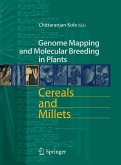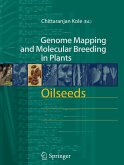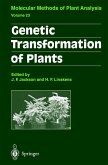Greengenetechnology(GGT),understoodasapartofmodernbiotechnology, has been on a steady, triumphal progression over the last ten years (ISAAA 2007, see thecontribution byEinsele in thisissue). This volume, jointly edited byProf. Fiechterandme,dealswithsomeactualscienti?candsocio-economic aspects with regard to genetically modi?ed plants (GMP). Worldwide more than 100 million hectares of agronomical land are covered by GMP. This - cludes some prominent industrialised Western countries like the USA and Canada,aseriesofthresholdcountrieslikeArgentina,Brazil,IndiaandChina, and a number of developing countries. Clearly, some of these countries have to deal with crop plant production and human nutrition in a very pragmatic way since, for example, India has to feed about a 1/5 of the world population on about 3% of the arable land. In contrast, the situation in Europe appears very different. Food supply is more than suf?cient and comparably inexp- sive. This surplus of food is on one handconvenient, since starvation has been largely unknown in Europe for about 50 years, with only comparatively few exceptions of socially peripheral individuals. On the other hand it makes the population careless about the future food supply. Even beyond mere food supply, Europe gained its culturalvalues fromitsagricultural success over the centuries. Asinglefarmerbecameabletofeedmoreandmorepeoplemaking them free towork outside of agriculture as a craftsman, artist,poet, scientist, engineer,mayor,administrativeof?cial,priest,philosopher,orsoldier togive only a few examples. In the public perception this connection between agr- omyandculturalwelfareisnotsuf?cientlyappreciatedinEurope. Switzerland, geographically in the centre of Europe (although not a member of the pol- ical union) has the same cultural tradition, only somewhat shifted towards the more conservative mood commonto mountain populations.








